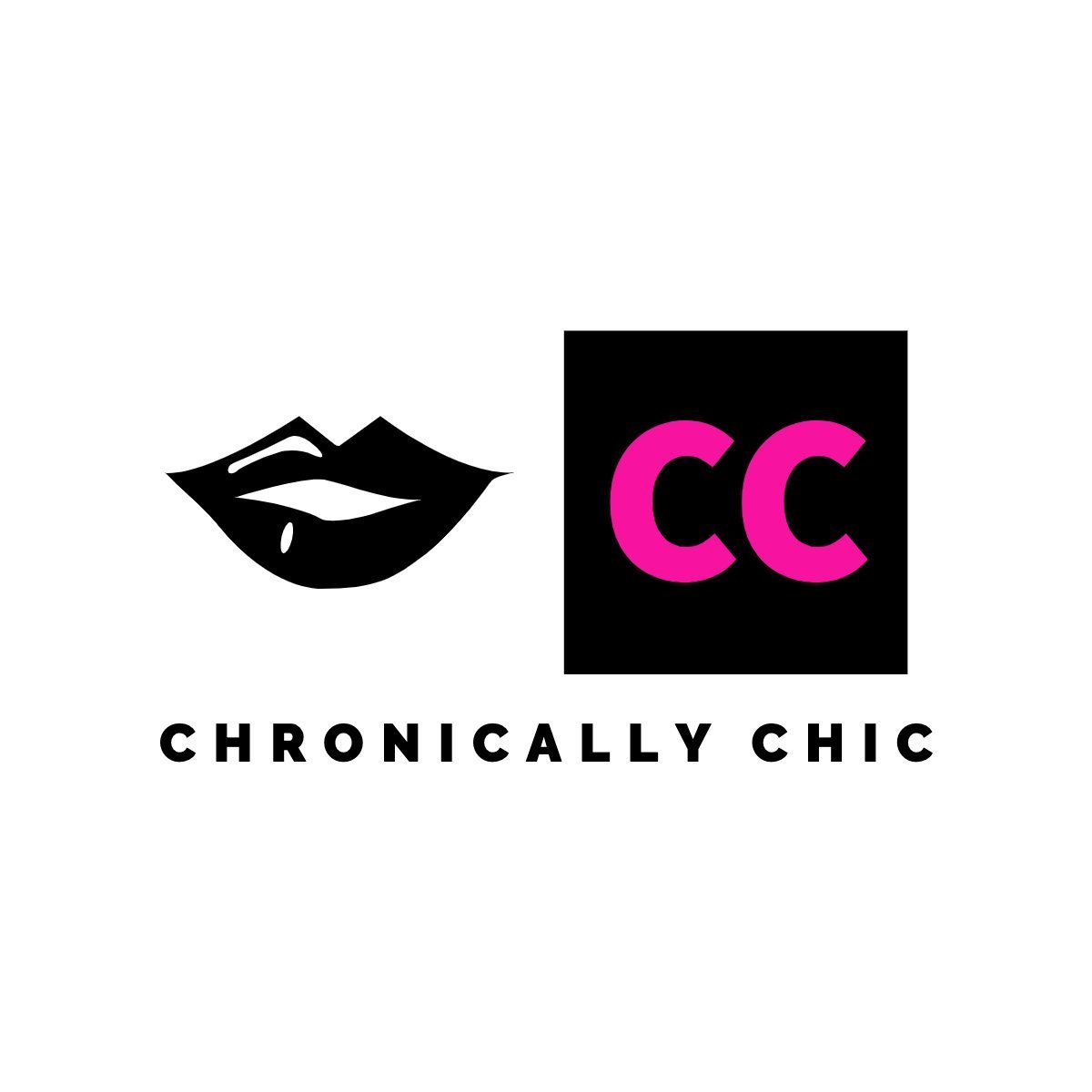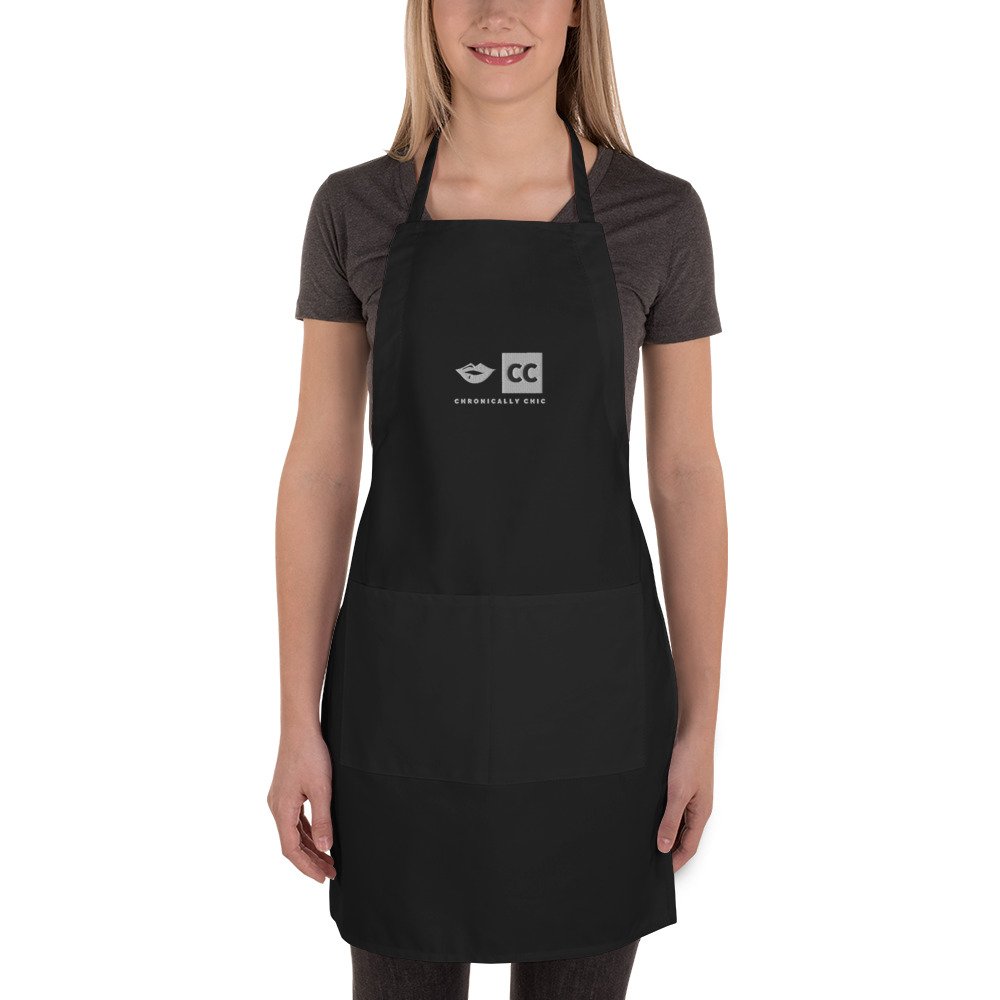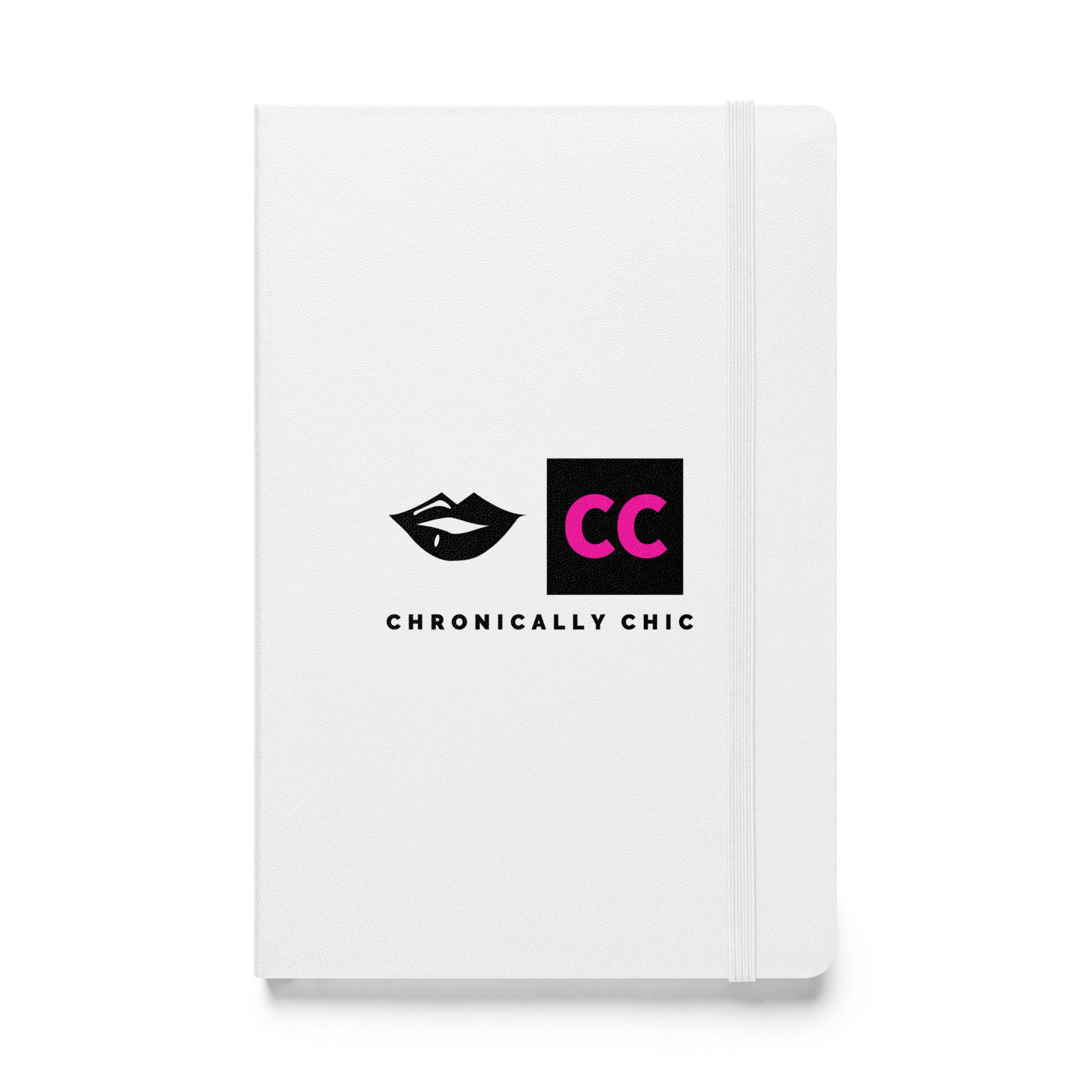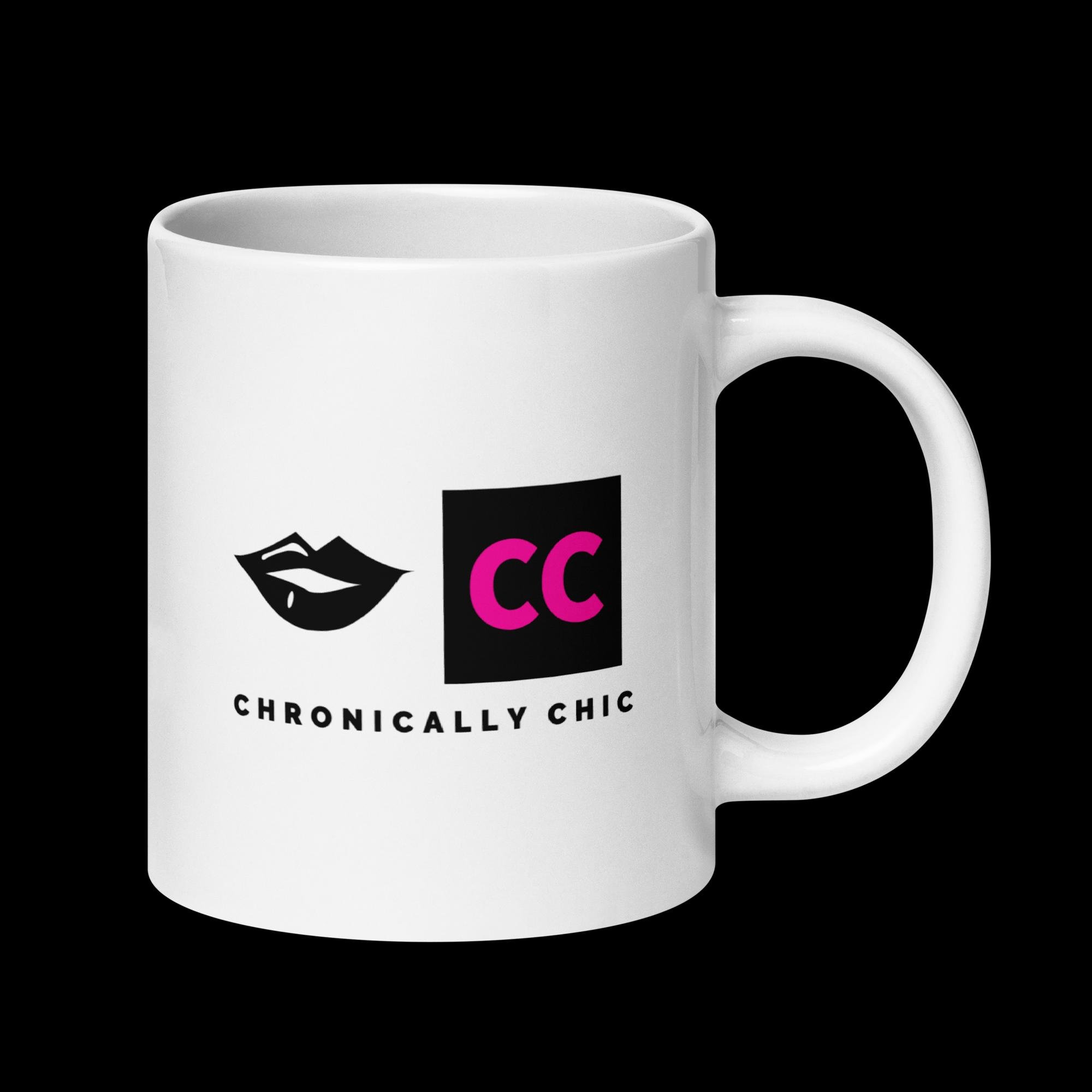Non-Toxic Beauty Hacks for That Summer Glow (DIY-Style)
Hi Friends!
Who’s tired of dropping a small fortune at the spa just to walk out looking the same? Yeah, me too. Let’s skip the overpriced treatments and whip up some insanely easy, wallet-friendly beauty hacks you can do right at home, no fancy skills or spa appointments needed. These DIY treatments are legit… glowing skin without maxing out your credit card? Yes, please.
Oh, and before you get your glow on, grab my newsletter for even more sneaky Amazon finds and under-$20 beauty gems you won’t see anywhere else. SIGN UP HERE
Let's start with a DIY hair detangler, here's what you'll need:
Ingredients:
- 1 cup distilled water
- 1 tablespoon dried marshmallow root
- 1 tablespoon dried chamomile flowers
- 1 tablespoon vegetable glycerin
- 5 drops lavender essential oil (optional for fragrance)
Here's how to make it:
1. Boil the distilled water in a small pot.
2. Remove the pot from heat and add the marshmallow root and chamomile flowers. Let it sit for at least 30 minutes.
3. Strain the mixture and let it cool.
4. Once cooled, add the vegetable glycerin and lavender essential oil.
5. Pour the mixture into a clean spray bottle for easy use.
🛒 ARMRA Colostrum Powder – my holy grail for dewy skin overnight
✨ 400+ nutrients, zero junk.
Colostrum is known for its nourishing and rejuvenating properties, making it a perfect ingredient for a luxurious face cream. Here's a recipe for a DIY colostrum cream using low-nickel ingredients:
Mix 2 tablespoons of shea butter, 1 tablespoon of jojoba oil, and 1 teaspoon of colostrum powder.
Whip the ingredients until you get a smooth, creamy consistency.
Apply this rich cream to your face and let it work magic while you sleep. You'll wake up with soft, supple skin that glows from within.
Finally, let's indulge in a luxurious face serum that will leave our skin radiant and hydrated. For this recipe, you'll need 1 tablespoon of rosehip oil, 1 tablespoon of argan oil, and a few drops of vitamin E.
💖 Cliganic Rosehip Seed Oil
Organic, cold-pressed, and one of the only oils that doesn’t make me break out. Use it nightly = glowy AF.
Mix the oils and transfer them to a glass dropper bottle.
Use a few drops of this nourishing serum on your skin every night to help repair and rejuvenate your complexion.
✨ I rounded up all my fave non-toxic summer beauty buys (no weird ingredients, no $100 price tags). You can peek the full list right here. Trust me, your skin will thank you.
Exfoliation Techniques for Smooth Skin
Types of Exfoliation: Physical vs. Chemical
Exfoliation is about removing those dull, dead skin cells to reveal the beautiful, radiant skin hiding underneath. And guess what? You can do this right at home in several ways: mechanical and chemical exfoliation.
First up is mechanical exfoliation. This method uses a gentle brush or a scrub to slough off those stubborn, dead skin cells. Think of it as a bit of scrub-a-dub-dub for your face! It's like giving your skin a mini-massage while bidding farewell to the old, rough stuff. (PSA: Friends don't let friends use St. Ives Apricot Scrub!!!!)
On the flip side, we've got chemical exfoliation. This technique relies on acids to dissolve the bonds holding those cells in place. It sounds a bit sci-fi, but trust me, it's pretty cool! And here's the kicker—the chemical method is often gentler, making it an excellent choice for sensitive skin. Plus, it works wonders for unclogging pores and smoothing your skin texture without being too harsh. Win-win!
If you're looking for a milder yet super effective exfoliation method, try a chemical exfoliant with AHA (alpha hydroxy acid) or BHA (beta hydroxy acid). These fancy ingredients have quite the reputation for leaving your skin looking fresh and fabulous. They're like little skincare superheroes, swooping in to save the day and giving you that enviable glow.
Whether you're into physical scrubbing or prefer the gentle touch of chemical exfoliants, there's a method for everyone. Remember, a little exfoliation goes a long way, so don't overdo it!
DIY Exfoliation Recipes
Lately, I've been experimenting with DIY body scrubs, and I've got some incredible recipes using simple pantry ingredients like salt, sugar, and oils. Making your own body scrubs is a fun and cost-effective way to pamper yourself at home.
One of my favorite recipes is the Sea Salt Scrub. You only need 1/2 cup of sea salt, 1/2 cup of carrier oil, and some essential oils for fragrance. This scrub is fantastic for exfoliating and rejuvenating your skin, leaving it feeling super smooth and refreshed.
Then there's a Green Tea and Brown Sugar Scrub. Start by steeping 2 bags of green tea in 1/2 cup of hot water, and then mix in 1 cup of brown sugar and 1/4 cup of melted coconut oil. It's important to get the right consistency – not too runny or crumbly – so you can adjust the ingredients until it feels right.
Just a heads up, while these scrubs are perfect for your body, it's best to steer clear of using them on your face, as facial skin is usually more sensitive.
The best part about making your own body scrubs is that you can save money and customize the products to suit your preferences. Using natural ingredients means you know exactly what you're putting on your skin, which is awesome for peace of mind. I hope you give them a try! Let me know how it goes for you – I can't wait to hear!
Frequency and Guidelines for Safety
Caring for our skin is super important, and exfoliating plays a big role. But how often should you exfoliate? Well, it depends on your skin type and your method. Let's break it down.
Exfoliating 2-3 times a week works well for most people. It helps slough off dead skin cells and keeps your skin looking fresh. But if you have sensitive or dry skin, dial it back to once a week to avoid irritation.
Never exfoliate if your skin is sunburned, broken, swollen, or right after a peel. It's all about being gentle to your skin. When you exfoliate, use light, circular motions for about 30 seconds, then rinse with lukewarm water. Remember to moisturize right after to keep your skin hydrated and happy! Exfoliating can strip away dead skin cells and natural oils, leaving your skin more prone to dryness. Using a moisturizer afterward helps lock in moisture and maintain healthy skin.
If you're trying out new products, especially if you have sensitive skin or known allergies, it's a good idea to do a patch test first. You can apply a small amount of the product to a discreet area of your skin and wait 24 hours to see if any adverse reactions happen.
If you have any questions, feel free to contact a dermatologist. They're the real experts, and their advice can make a world of difference when it comes to your skin's health. Take care of that beautiful skin of yours!
Brightening and Evening Skin Tone
Natural Ingredients for Brightening
An antioxidant serum containing Vitamin C can help protect your skin from environmental aggressors like pollution and UV radiation. Retinol is renowned for its ability to accelerate skin renewal, enhance collagen production, and reduce the appearance of fine lines, wrinkles, and uneven skin tone. It's a potent ingredient that encourages skin cell turnover, revealing fresher, smoother skin. Vitamin C can also help protect the skin against free radical damage from the environment and block the production of abnormal pigmentation.
DIY Masks for Even Skin Tone
Post-inflammatory hyperpigmentation refers to darkened areas of skin, often due to acne, age, or sun damage. Are you looking for easy, natural ways to boost your skin without spending a fortune? I've got some fantastic DIY facial mask recipes that use simple, everyday ingredients to help brighten your complexion, reduce hyperpigmentation, and soothe inflammation.
First, talk about plain yogurt—unsweetened with no sugar or artificial sweeteners! This stuff is gold because it contains lactic acid, a great exfoliator. It can help minimize the appearance of pores and leave your skin looking smoother. If you're into exfoliation, buttermilk is a fantastic option, as it has an even higher lactic acid content.
Now, let's add some color and powerful antioxidants to our masks with berries! These little guys work wonders to reduce scarring and calm irritated skin. Plus, they'll give your mask a gorgeous red or purple hue. Looking to exfoliate? Mix some sugar with your berry-infused mask for that extra smoothing effect.
Let's not forget honey – the real, raw kind from a local source is the way to go. Those bear-shaped bottles at the grocery store just don't cut it. Honey is packed with antioxidants and can be used as a mask or applied in a thin layer to dampen skin for a hydration boost. It helps unclog pores, soothe dry skin, and give your skin cells a healthy dose of antioxidants.
Here's a simple DIY night mask recipe:
1/2 cup of yogurt
A handful of berries, mashed
1 tsp Turmeric
Mix all ingredients and apply to your face. Let it sit for 20-30 minutes. Since this mask has an exfoliant, before taking it off, use a little water and exfoliate your face in a circular motion. Then, remove it with water and a washcloth.
Yogurt is known for its nourishing properties and a fantastic moisturizer. The lactic acid and zinc in yogurt can treat sunburns and brighten dull skin. Who knew something so delicious could be so good for your skin?
And then we have turmeric. This golden spice is a traditional favorite for brightening skin tone and healing infections or wounds. Mixing it with other ingredients makes it a powerhouse for removing acne scars, dark spots, dark circles, and hyperpigmentation. And have you heard about saffron? It's been shown to decrease melanin production in your skin, making it super effective in treating hyperpigmentation and dark spots.
If you want to give your skin an extra dose of hydration, a cucumber and aloe vera gel mask might be what you need. Cucumbers are excellent for soothing and hydrating the skin, while aloe vera gel is known for its moisturizing and healing properties. Here's how to make it:
Half a cucumber
2 tbsp. Aloe vera gel
To make the mask:
1. Blend the cucumber to create a smooth consistency and combine it with the aloe vera gel.
2. Gently massage the paste over your face.
3. Let it sit for 30 minutes, then wash it off with water.
This hydrating facial mask will help your skin retain moisture, alleviate dullness, and reduce any itching you might be experiencing.
Hydrating Ingredients to Use
So, you know how important it is to stay hydrated. But did you know that staying well-hydrated is essential for overall health and a game-changer for maintaining that natural glow in your skin? Yeah, it's true! Your skin's elasticity and overall health rely on you getting enough fluids throughout the day.
Drinking plenty of water is a must, but some super tasty and hydrating foods can help keep your skin refreshed and glowing. Picture this: juicy watermelon, plump berries, refreshing cucumbers, crisp celery, and vibrant green bell peppers. These water-rich foods are delicious and sneak in some extra hydration for your skin.
A 2019 study highlights the importance of vitamins E and C in maintaining skin health, especially protecting against UV radiation. Did you know that exposure to UV rays can deplete essential vitamins in your skin? It's true! Vitamins C and E are heroes in fighting off those pesky free radicals and preventing oxidative damage. And get this, as we age, our levels of vitamin E decrease, so it's crucial to include antioxidant-rich foods in our diet. Think colorful fruits and veggies like carrots, blueberries, and watermelon. These foods can help keep our skin looking and feeling great, so let's load up on those antioxidants!
While taking oral supplements of vitamin E or C alone showed no benefits, studies reported a decrease in UV-induced inflammation when taken together. A diet lacking in selenium can lead to premature aging due to oxidative stress, and taking an oral probiotic may accelerate the recovery of skin immune function after UV radiation exposure, which makes sense due to the close correlation between gut and skin health.
DIY Serums and Moisturizers
Did you know that using vitamins E and C together can do wonders for your skin, especially when combating the effects of pollution and other environmental stressors? These powerful antioxidants can help neutralize free radicals, the culprits behind skin damage. Studies have shown that when you use vitamins E and C together, they are more effective at protecting your skin from UV damage, skin aging, and inflammation caused by pollutants.
And if you're looking for a lightweight and super hydrating serum for the summer, look no further than aloe vera. When combined with a carrier oil that suits your skin type and a few drops of essential oils, aloe vera can work wonders. It helps zap acne-causing bacteria, fades age spots and blemishes, soothes your skin, and even aids in wound healing. Plus, it's perfect for those hot summer days when you want something light and refreshing on your skin.
Differentiating Day vs. Night Treatments
Did you know nighttime is when your skin does most of its repair work from the day's damage? A bedtime skincare routine is crucial for letting your skin recharge while sleeping. Consider adding an overnight face mask to your routine. These masks are designed to work with your skin's natural renewal process while you sleep, giving you a mini facial overnight. Unlike regular face masks, you leave these on all night for maximum benefits. Adding an overnight mask could level up your skincare game, leaving you with smoother, brighter, and more hydrated skin when you wake up.
FAQs
1. Can I use these DIY beauty products if I have acne-prone skin?
Totally. Just patch test first and avoid coconut oil or anything that’s comedogenic. The rosehip oil serum is especially great for acne-prone skin since it helps fade scars, balance oil, and calm inflammation.
2. How do I store DIY beauty products without preservatives?
Most of these recipes don’t have preservatives, so keep them in airtight containers in the fridge. Your detangler will last 1–2 weeks, while oil-based products (like the face serum) are good for up to a month at room temp. Trust your nose—if it smells weird, toss it.
3. What natural ingredients help your skin glow in summer without clogging pores?
Look for lightweight, non-comedogenic oils like rosehip and argan. When paired with vitamin E, these oils hydrate, repair, and brighten your skin without feeling greasy or triggering breakouts. They’re perfect for hot summer nights when your skin needs love but not a thick, sticky layer of product.
4. How often should I exfoliate my skin with homemade scrubs?
For body scrubs, stick to 2–3 times a week unless your skin is extra sensitive. Overdoing it can lead to redness, dryness, or breakouts—no thanks. For your face, skip the gritty stuff and opt for a gentle AHA or BHA product once or twice a week instead. The key is consistency, not aggression.
5. What’s the best non-toxic exfoliator for sensitive skin in summer?
Skip the harsh walnut scrubs (looking at you, St. Ives) and try a green tea + brown sugar scrub. Green tea is anti-inflammatory, while brown sugar is gentle but effective. It's soothing, brightening, and won't leave your skin looking like it went through a sandstorm.
✨ That’s your summer glow-up kit, no spa required. Let me know which one you’re trying first (or send me pics, I LIVE for that!)
📧 And if you want more DIY beauty tricks, ingredient deep-dives, and clean girl recipes you won’t find on the blog, make sure you’re on the list: JOIN THE NEWSLETTER
💅 PS: If this was helpful, send it to a bestie who needs a little self-care boost. She’ll thank you. Probably with wine.


















